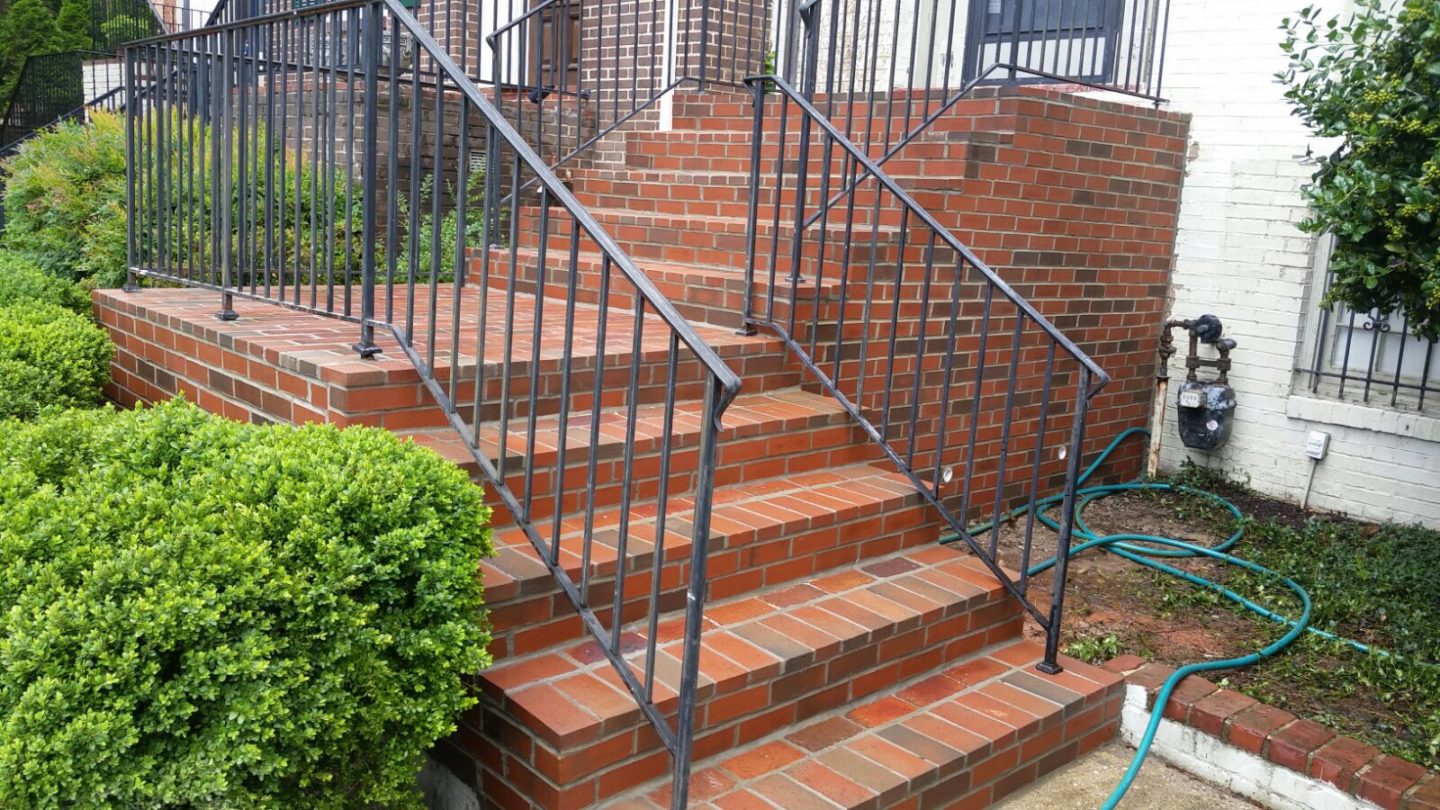The Basics on Bricks
Bricks are some of the oldest building materials. Ancient masons began using bricks in 7000 BC when they discovered that brick walls were stronger and more fire-resistant than stone walls.Since then, bricks have been used in every country, in every century and in every type of building. Today, there are hundreds of different types of bricks, depending on how they’re made, what they’re used for, where they come from and other factors. In this post we’ll look at the five major types you’re most likely to come across.
Mudbricks
Mudbricks are made from a mix of clay, sandy soil, and straw that’s shaped and then left to dry in the sun. This is a basic brick that is ready to use once it has sun-dried. If plastering or stucco is applied to the mudbrick wall, you get the style we know as adobe.
Fired Bricks
This is the way most bricks are made today. A recipe of sand, clay, lime, magnesia and iron oxide is mixed together, shaped into bricks and then fired in a kiln. Fired brick is stronger and more heat-resistant than mudbrick. Fired bricks get shaped using one of three processes. Each method produces a slightly different type and quality of brick.
- Extrusion: The brick material is extruded through a die, then cut into the brick shapes and left to dry before being fired.
- Molding: The clay mix is placed in steel molds, by hand or by machine, and then fired at high heat.
- Dry press: As it starts to harden, the clay mixture is subjected to high pressure before being fired.
Chemically Set Bricks
Chemically set bricks are not kiln-fired and they’re usually not made with clay. Instead, a mix of calcium, sand, flint and other ingredients is pressed into molds and then left to cure for several hours.
Handmade Bricks
These are specialty bricks made by hand using historic techniques. Each brick has its own characteristic markings created by the brick maker. Making bricks this way is a time-consuming process, so these specialty bricks are more expensive than others. Handmade bricks are commonly seen in historic restorations. They can also be used as decorative accents.
Roman Bricks
Named for the extra-large bricks produced in ancient Rome, the classic Roman brick is one foot wide and two feet long. The Romans also made round and oblong bricks. They often stamped the logo of the legion that created the bricks onto them. You can still see the stamped logo of the city (SPQR) on the streets of Rome today.
What’s the Best Brick?
The right brick for your masonry project depends on a number of factors, including the location, weather conditions, design considerations and, of course, your budget.A professional mason is your best source of information on the right brick for your hardscaping, retaining walls, chimney, patios or walkways.
Benefits of Bricks
There are good reasons that bricks remain a popular building choice. They offer many advantages that other materials can’t touch.
- Insulation: Because bricks trap and release heat slowly, they are excellent at maintaining regular interior temperatures.
- Protection: Brick is resistant to fire, mold, mildew and pest infestation.
- Beauty: Natural brick offers subtle shadings and the warmth of a natural material.
- Durability: Nothing outlasts a brick-built construction.
- Sound insulation: Brick walls are excellent at keeping out noises.
Better Bricks, Better Masonry
If you’re planning to install new brick structures or upgrade the ones you’ve got, call Capital Masonry. We’re a local, family-owned business that specializes in brick masonry. For over three generations, we’ve been crafting beautiful brick projects throughout Maryland and Virginia.Call us to get started on your own brick project, or if you have masonry that needs repair. Let us bring the lasting beauty of brick to your home.
